American company Airborne Tactical Advantage Company
October 30 2014 year in the section "News"On the Military Review," a publication appeared about a catastrophe in the United States, in the Ventura District of California, jet fighter Hawker Hunter MK.58. The plane that took off from the Naval Air Base Point Mugu crashed to the ground at about 17: 15 while landing. As a result of a catastrophe in the sky, a plume of black smoke was visible about 100 kilometers north-west of Los Angeles. The pilot, the only person who was aboard, was declared dead.
The reaction to this news in the comments among visitors to the site was very diverse. For example, "MIKHAN" writes: "Another minus one ...!". Or "The Giant of Thought": "The old ones are out of order, they did not have time to write off on time, you will get the result." Or “Gluxar_”: “But the event itself says that the US Air Force is beginning to look for an alternative to the F-35 as a failed aircraft ...”
In fact, the “Hunter” of British production, whose age was about 40 years, of course, in no way can be considered as an alternative to F-35. In addition, these combat aircraft, which were popular in the 60-80-ies in the Third World Air Force, were never in service with the United States.
The crashed "Hunter" was the property of the American private company Airborne Tactical Advantage Company (ATAC, or, in Russian transcription, "ATAK").
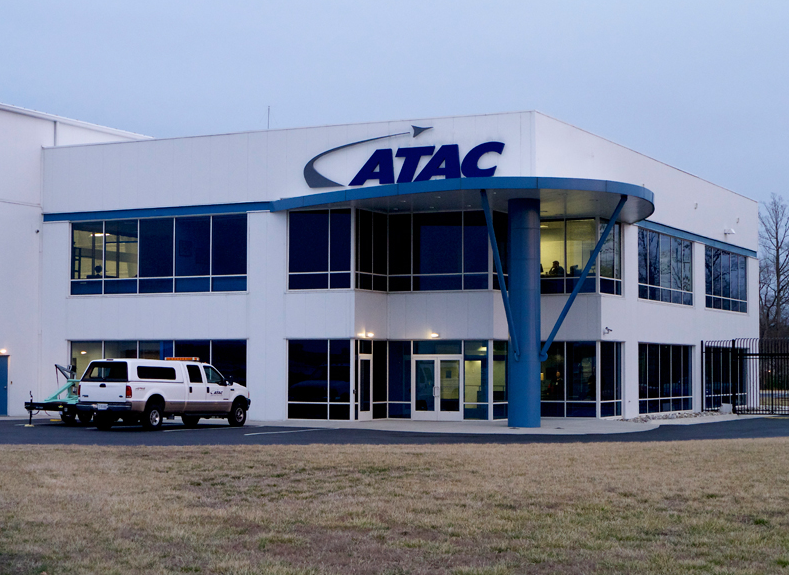
The head office of this organization is in Newport News, Va. In the same place at the airfield of Williamsburg International Airport, the company’s aircraft maintenance is based.
As follows from the information posted on the ATAK official website, the company’s aircraft fleet includes aircraft: Hawker Hunter MK.58, F-21 KFIR, L-39 ALBATROS, A-4N Skyhawk. However, in the Google Earth photo taken at the end of April 2014 of the year, next to the Kafir and Hunter owned by ATAK, one can also see the Draken SAAB J-35.
The main field of activity of the company, founded by the American retired military in 1996, is to provide, within the framework of outsourcing to the US armed forces, services for simulating enemy combat aircraft in the framework of air combat training and for training ground and naval air defense equipment.
Of course, the US Air Force and Navy have special units and training centers, all kinds of Top Ghana, Red Eagles and Aggressors equipped with special aviation a technique that should simulate combat aircraft of a potential enemy during training air battles, primarily Russian and Chinese ones. These are both specially modernized and lightened American fighters: F-5N, F-16N, F / A-18F, as well as those received from the countries of the former “eastern bloc” MiG and Su.
However, American-made fighter aircraft have similar characteristics with combat vehicles in service, and this does not give an idea in training battles about enemy aircraft, although this, of course, does not apply to the old F-5N. A regular and prolonged use of Soviet-made fighter jets is difficult due to the lack of factory support and guaranteed supply of air-conditioned spare parts. In addition, the maintenance of an aircraft fleet of the Air Force and Navy is essentially non-combat aircraft, attracted only for training and training tasks, is quite expensive.
Therefore, the attention of the US military attracted private companies that provide services in the field of training and training of military personnel. This approach can significantly save budget funds. After all, the staff of private companies working under an agreement with the Ministry of Defense do not have to pay pensions, medical insurance and severance benefits from the state budget. In addition, all costs for maintenance and repair of aircraft participating in training flights are borne by private contractors.
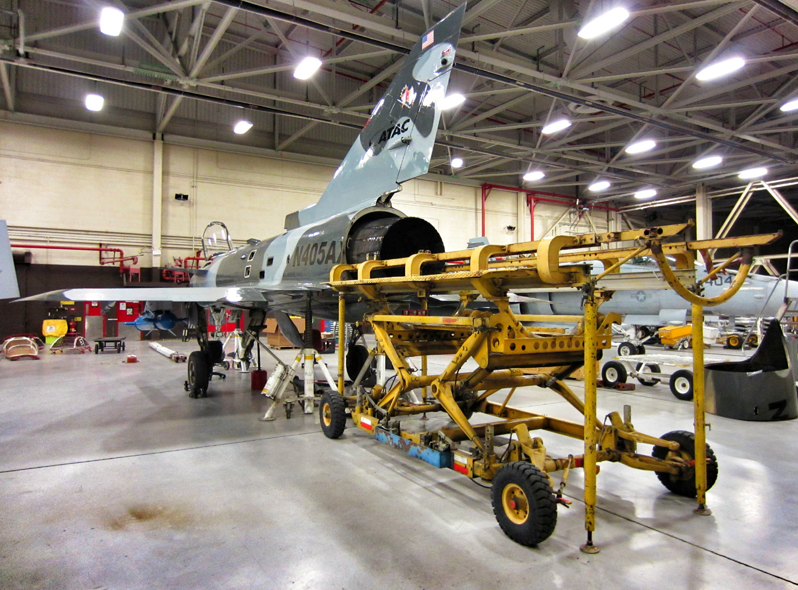
So, according to the information contained on the official website of the company, the cost of one flight hour of an ATAK-owned aircraft, on average, costs the Pentagon only 6000 $. The cost of the flight hours of combat aircraft used in the Air Force is several times higher.
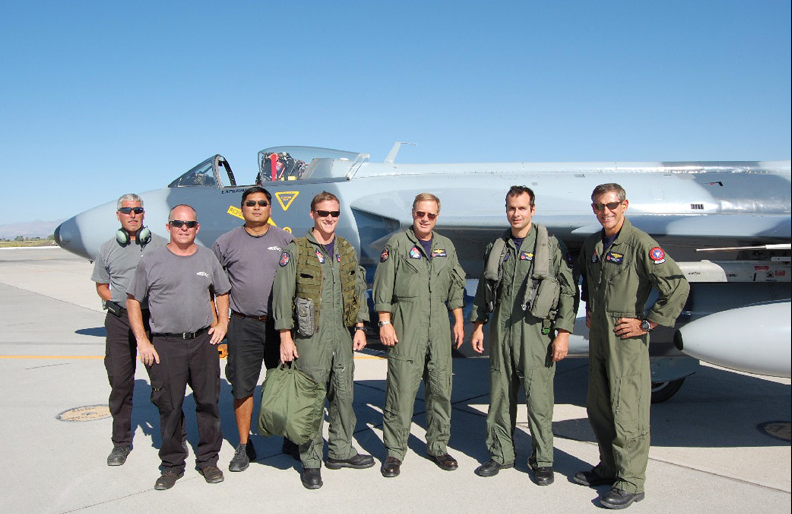
The backbone of the employees of "ATAK" are highly qualified specialists. Most of the pilots working in the company are former military fighter pilots with extensive flight practice. The preference for recruiting pilots is given to experienced pilot-instructors or pilots who served in the "Aggressors". These people are true enthusiasts of their business, and working on ATAK gives them the opportunity to enjoy flying after being fired from the armed forces.
The skills and knowledge of ground (technical) personnel are also at a very high level. The personnel policy of the company is to constantly search for and attract highly qualified employees. On the company's website on the Internet, anyone who has the appropriate qualifications can fill out a questionnaire and apply for a job.
The company currently employs the 22 pilot and more 50 support staff. At the same time, the aircraft fleet in the middle of the year 2014 consisted of 25 units.
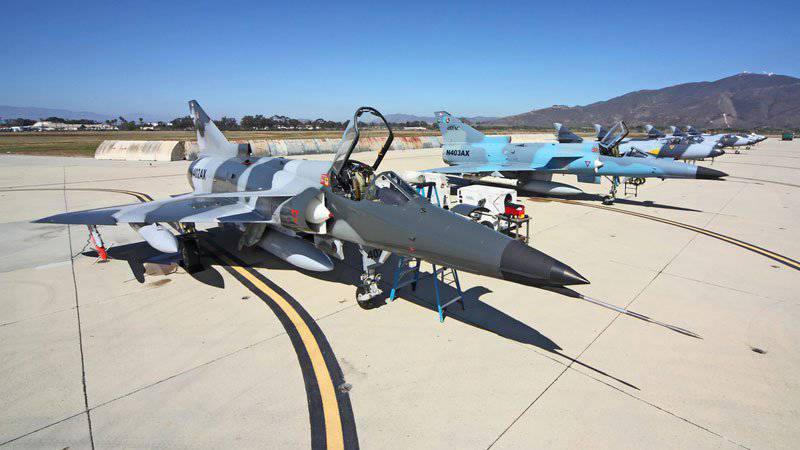
The refusal to use ATAK for training flights in the interests of the US Department of Defense of Soviet-made combat aircraft is largely due to the fact that the intensity of such flights is quite high. The total raid of the company's aircraft, carried out in the interests of the US military, exceeded 34000 hours.
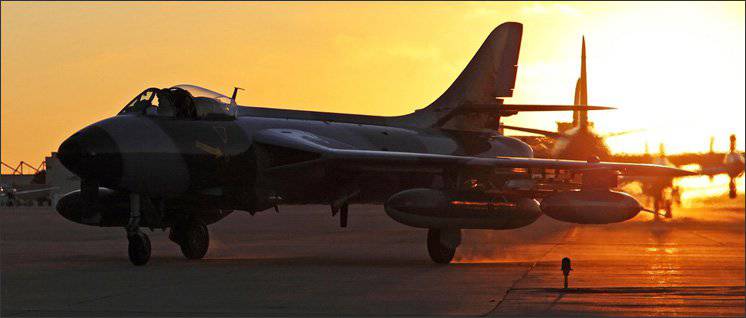
The ATAK fleet is based in a wide variety of regions where there are US military bases. Being on the same airfields with American combat aircraft in service, they work out a variety of training flight tasks. On an ongoing basis, the aircraft belonging to ATAK are located at air bases: Point Mugu (California), Fallon (Nevada), Kaneohe Bay (Hawaii), Zweibrücken (Germany) and Atsugi (Japan).
For the most part, the company's fleet includes aircraft manufactured at the end of the 70-s of the mid-80-s. Planes bought in different countries for a moderate price, despite a decent age, are in good technical condition and, as a rule, have a large residual resource.
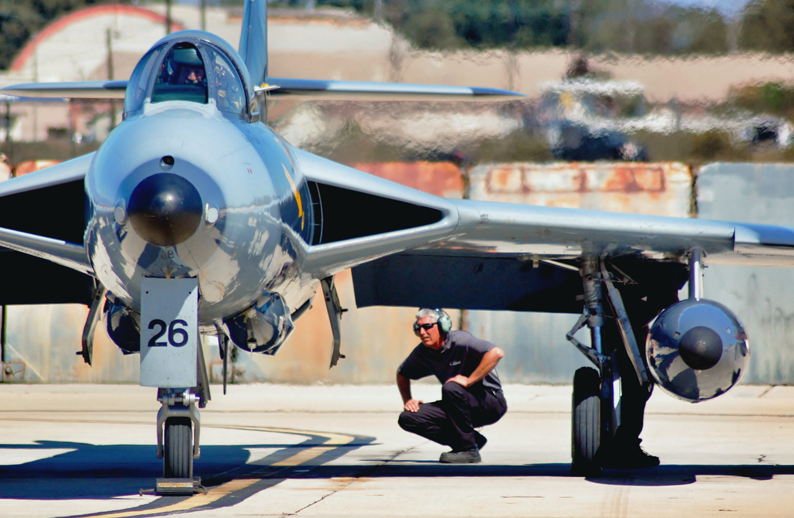
The main role in maintaining the aircraft in proper condition is the hard work of technicians and mechanics servicing these machines. In addition, along with the aircraft, a set of certified spare parts is being purchased at the same time, which allows them to be maintained in flight for a long time.
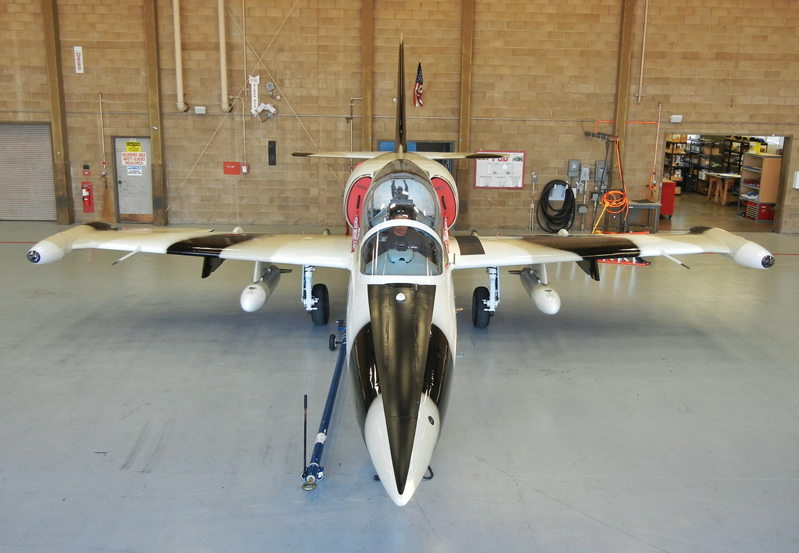
Different planes in the fleet "ATAK" "sharpened" for various tasks. “Hunters” in training flights usually depict enemy strike aircraft trying to break through to a guarded object at a low altitude or leading to electronic suppression of air defense systems. In addition, "Hunters" are used as towing aerial targets.
In addition to shock training missions, Skyhawks in the past often imitated Soviet anti-ship missiles of the P-15 family when attacking warships of the US Navy. When flying at maximum speed and the corresponding EPR parameters, these small, maneuverable attack aircraft were most similar in their characteristics to the Soviet RCC. To create an appropriate jamming environment, the Hunters or Albatros, covering Skyhawks, carried containers with EW equipment.
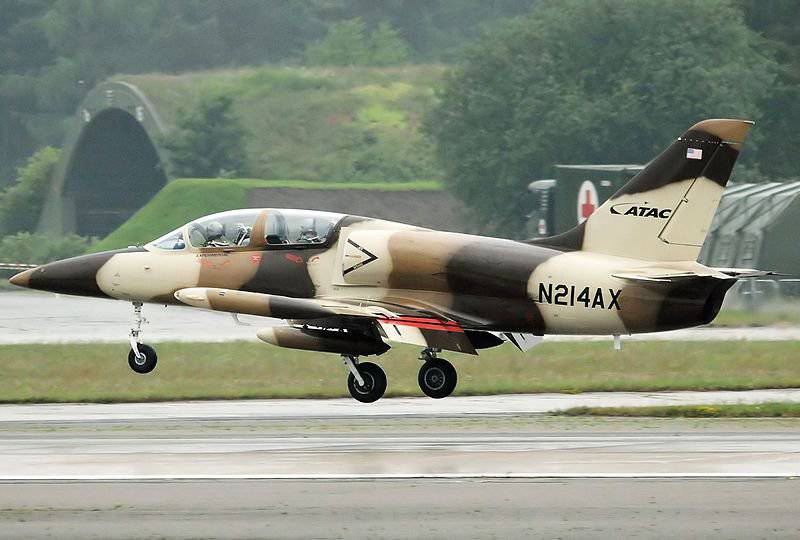
For the training of air battles most often used fighters "Kfir", produced in Israel in the middle of the 80-x and passed the modernization of the 90-s. In the US, these aircraft were designated F-21. According to the experts of the USAF, the modernized Kfirs in their combat capabilities are located between the Soviet MiG-21bis and the Chinese J-10.
Despite the apparent technical lag behind modern fighters, the Kfirov pilots very often managed to put the American pilots in a difficult position on F / A-18F and F-15C in a close maneuver battle. Even the superiority of the newest F-22A in the training of air battles was not always unconditional. Some flight regimes of the Kfir fighter jets, built according to the tailless flight scheme with GIP, turned out to be inaccessible to American aircraft. According to the results of the battles in 2012 with the F-35 fighter from the experimental batch delivered by the US KMP, it was recognized: "A promising fighter supplied by Lockheed-Martin needs further improvement and refinement of the methods of air combat."
These results of training battles are largely due to the high qualifications and vast experience of the ATAK pilots who themselves used to fly a lot on fighters who now confront them in training bouts. Naturally, the pilots on the Kfir were well aware of the capabilities of most types of fighter aircraft in service with the United States. At the same time, for the main part of the American combatant pilots, the capabilities and characteristics of the Kifir were not known. In addition, unlike combatant pilots of the Air Force and Navy, the pilots of "ATAK" are not bound by such a number of rules and restrictions. In total, pilots flying Kfirs flew more than 2000 hours during training missions, indicating a high intensity of flights and a large number of training battles.
To record the results of training air battles on “ATAK” planes, special control and fixing equipment was installed, which allows for further detailed debriefing. For a full-fledged imitation of the combat situation, the “ATAK” aircraft carry the EW equipment and the suspended simulators of melee missiles with TGS. This allows for a real seizure of the homing head, which increases the realism and accuracy of the outcome of the fight.
ATAK technical specialists for the technical assignment received from the US Navy, together with partners from the Israeli aerospace company NAVAIR and the American Martin-Baker, developed and assembled several equipment options in the outboard containers. This equipment reproduces the radio frequency radiation of onboard navigation and radar systems of Soviet and Russian combat aircraft and anti-ship missiles. A replaceable set of container-type equipment has also been developed, which allows interference in the frequency spectrum used by the Patriot and Standard detection and guidance systems.
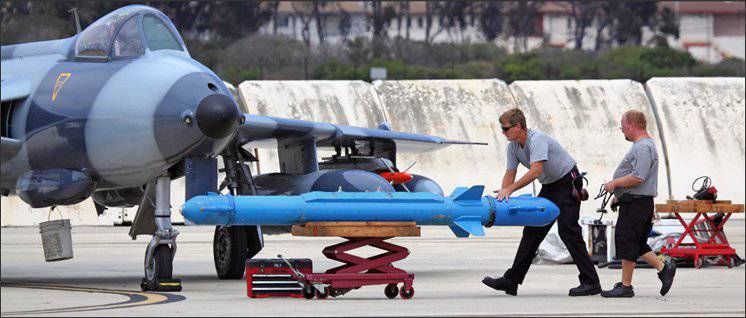
Together with the French specialists from MBDA, the AM39 AMXNUMX anti-ship missile simulator was created, which reproduces the operation of the radio altimeter and the active radar impulse homing head. PKR "Exochet" is widespread in the world and, in the opinion of the American sailors, represents a great threat to the ships of the US Navy.
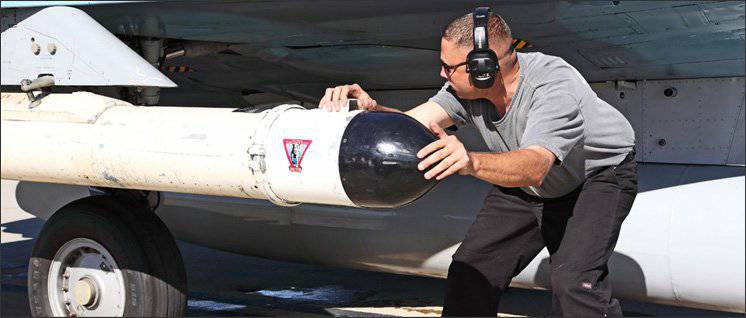
The presence of equipment in interchangeable outboard containers on ATAK aircraft with the ability to bring the situation at the trainings as close as possible to real combat and to create a complex interfering background gives invaluable experience to radar operators and air defense calculations. Large-scale exercises with the use of aircraft and equipment belonging to the ATAK company are regularly held with the ships and aircraft of the US Navy on both the west and east coast.
In addition to playing for the “bad guys” (according to American terminology), ATAK’s equipment and specialists also participate in various test and test flights conducted as part of the development and modernization of missile and aircraft systems and weapons.
Today, ATAC is a leader in the United States in the provision of outsourcing services in tactical training, threat modeling, research and development of on-board radio-electronic simulators. The company's staff for 17 years of activity in this field has accumulated vast experience and is able to reproduce the numerous options that can emerge in a real combat situation. This ultimately allows for the improvement of professional skills as well as the adaptability of military personnel in extreme situations. The activities of the company "ATAK" and its training programs in conditions of austerity budget saved hundreds of millions of dollars and the resource of combat aircraft in service with the US Air Force and Navy.
In conclusion, I would like to add that one can only regret the absence of such companies in Russia capable of raising the level of training of the armed forces and at the same time saving budget money. Undoubtedly, in our country there are many strong, still full forces professionals who have left the armed forces and are able to realize themselves in this area. But is it possible, in the conditions of our reality, to imagine that some private organization or group of individuals acquired a decommissioned, but in-flight, MiG-23 or Su-17?
The activities of the former Minister of Defense (which eventually went unpunished) led to the fact that according to the results of the activities of organizations like “Slavyanka” or “Oboronservis”, the word “outsourcing” itself became in fact abusive.
Based on:
http://www.examiner.com/article/airborne-tactical-advantage-company-it-s-good-to-be-bad
http://www.atacusa.com/index.html
Satellite images courtesy of Google Earth.
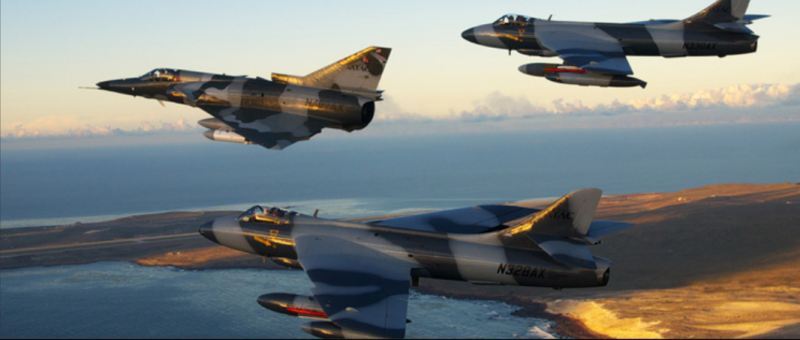
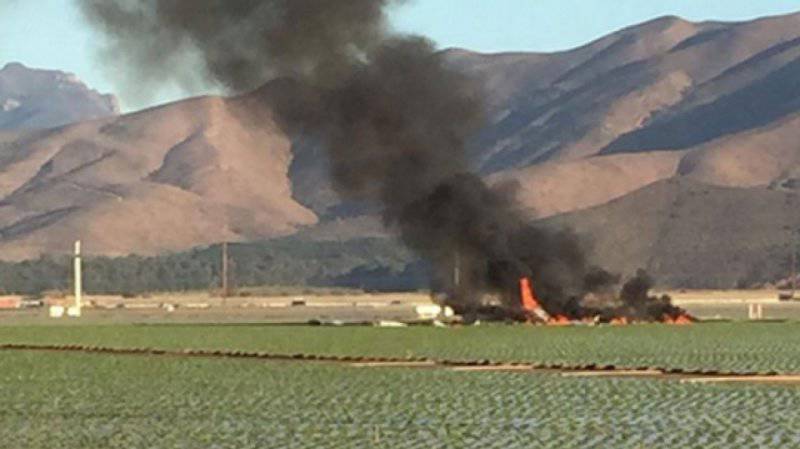
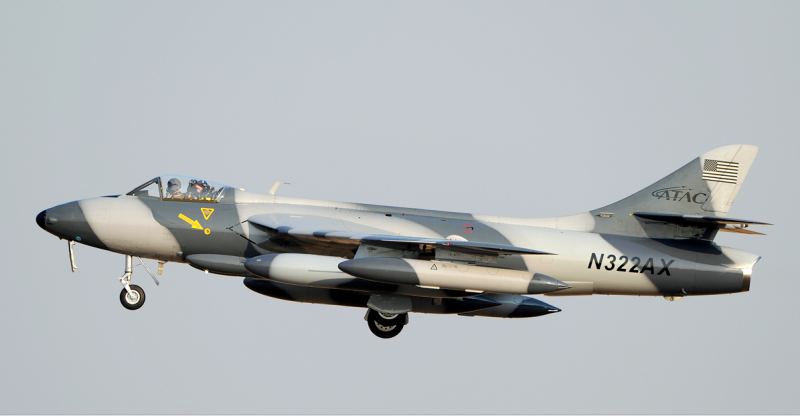
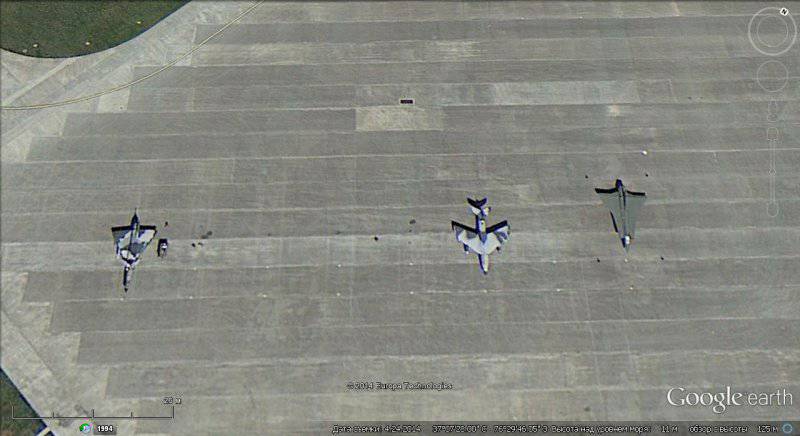
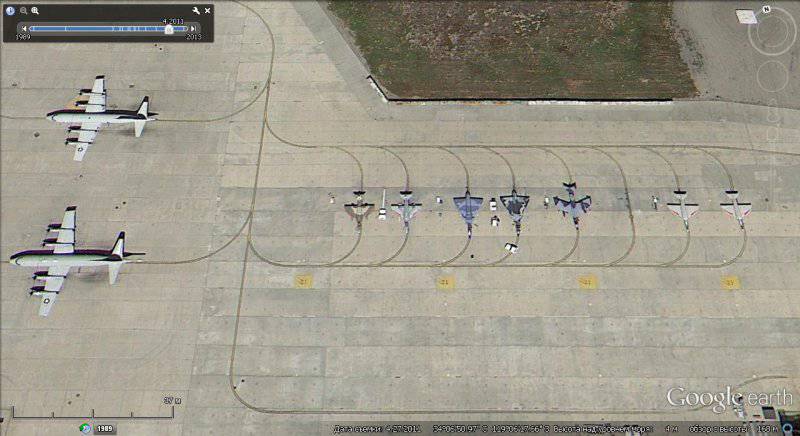
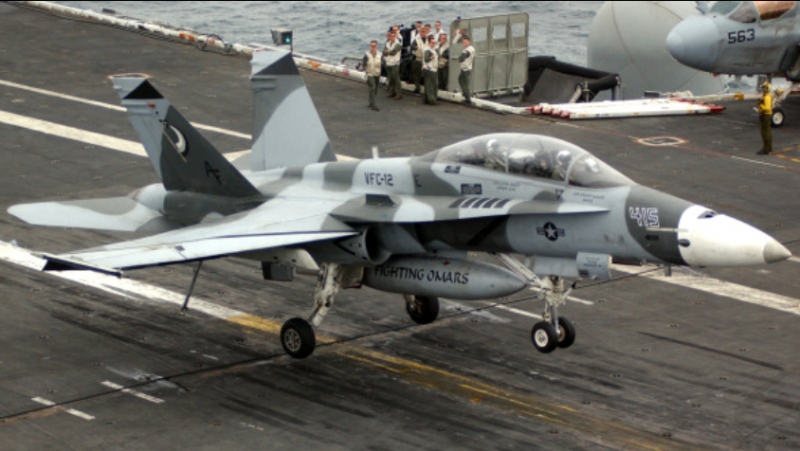
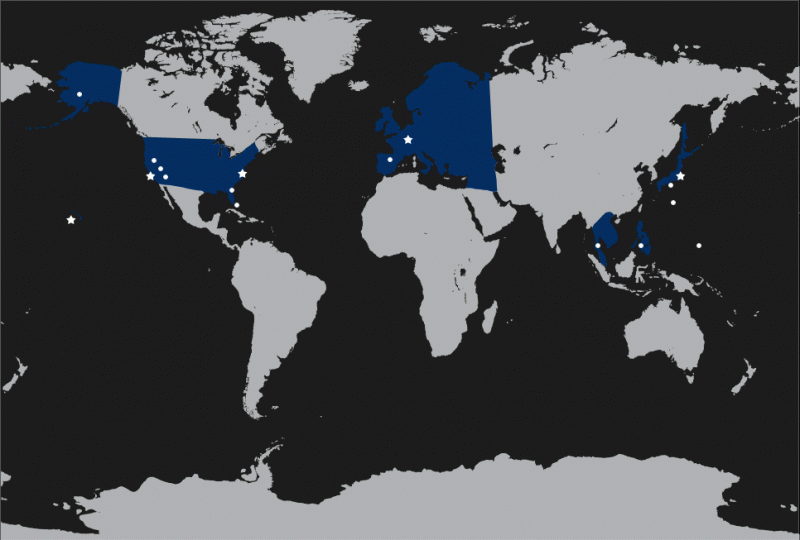
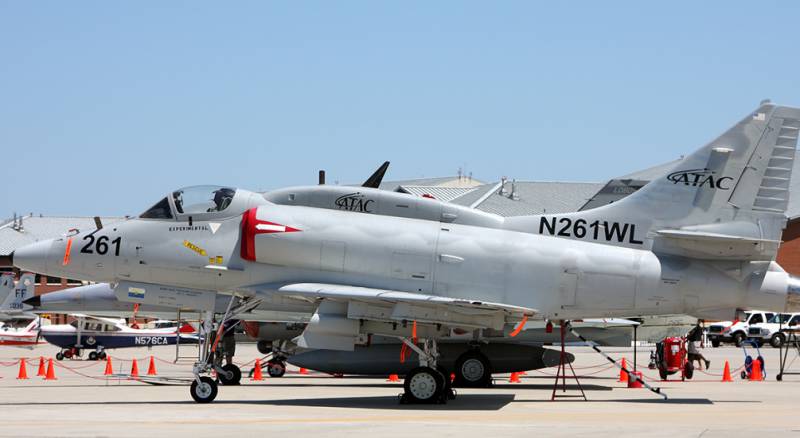
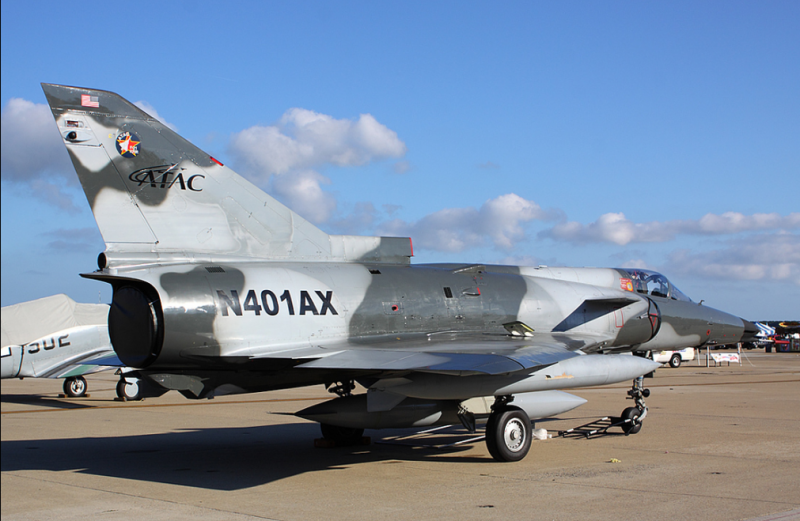
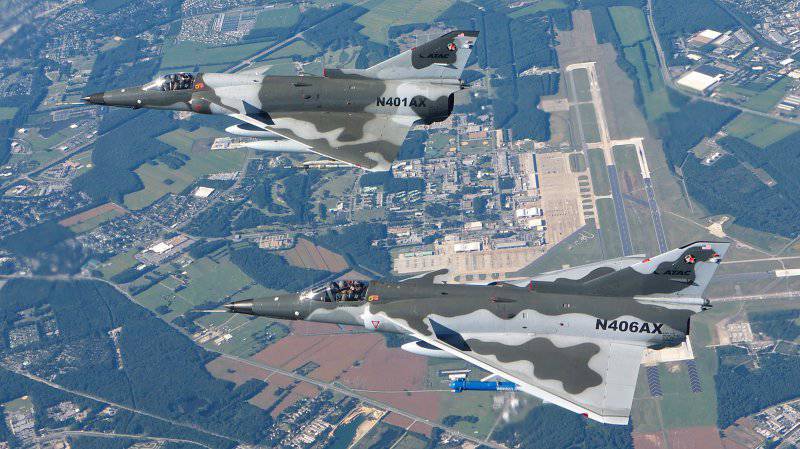
Information